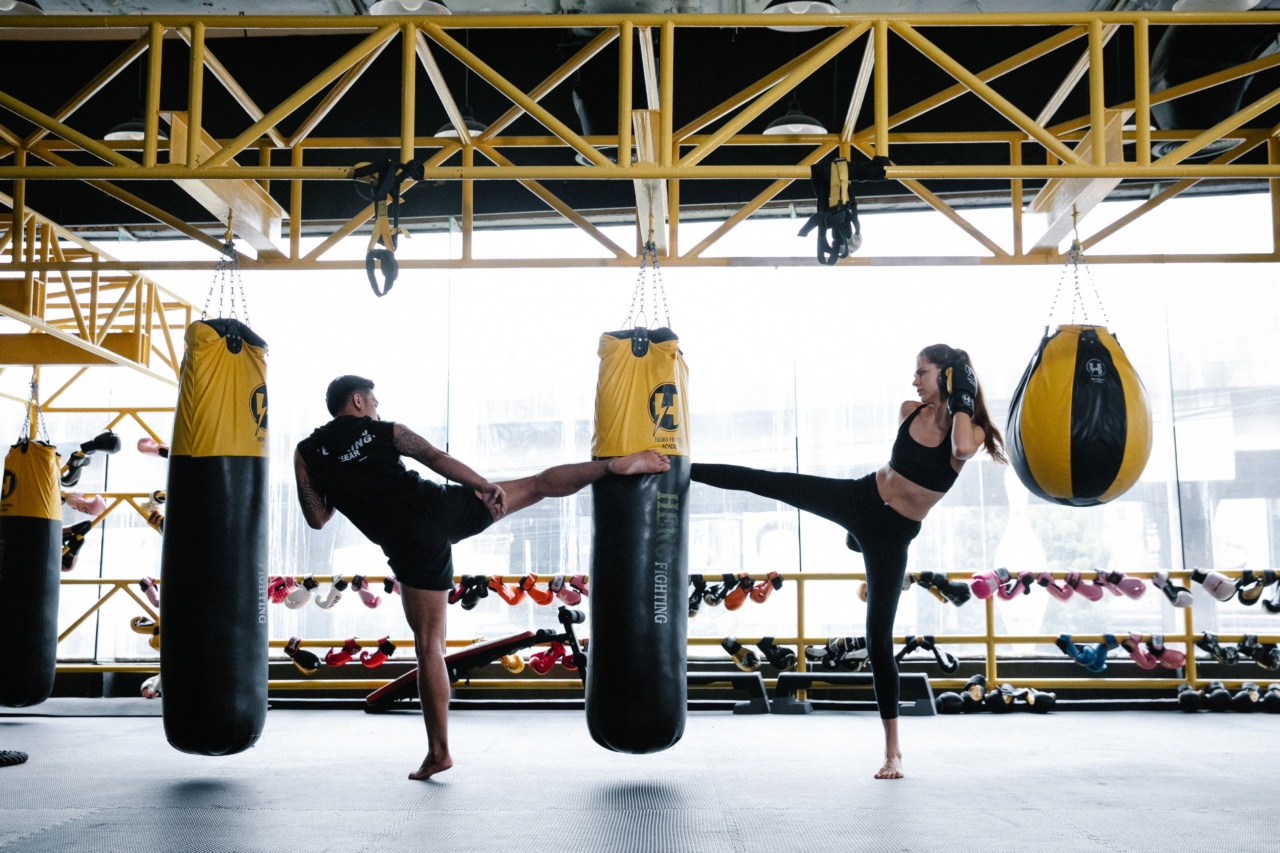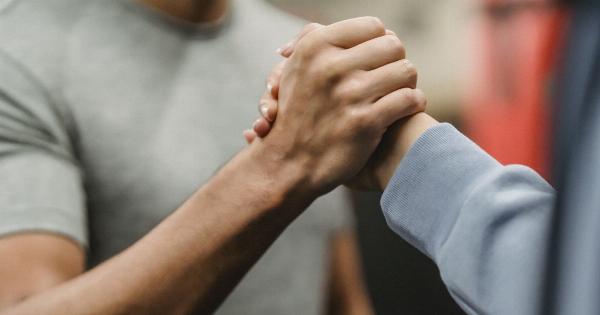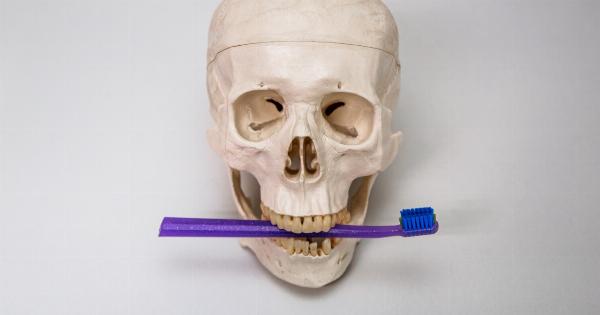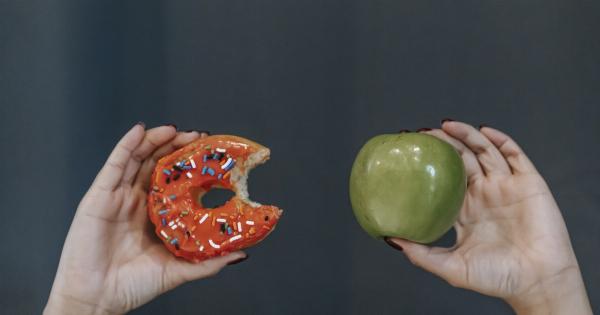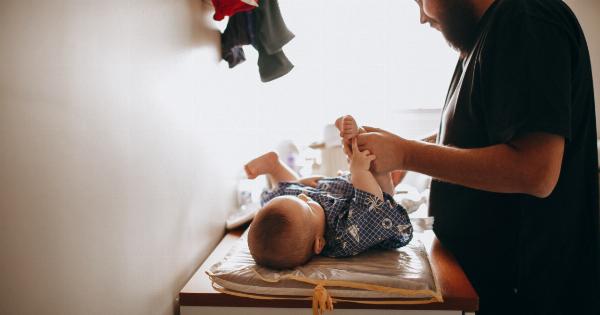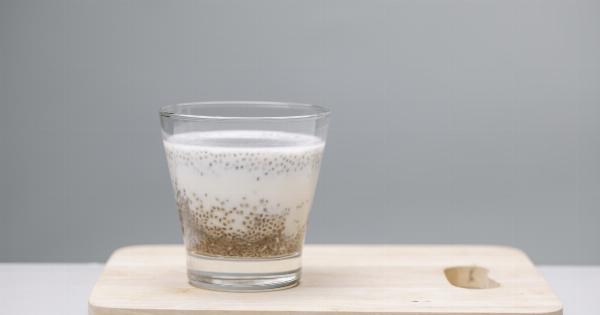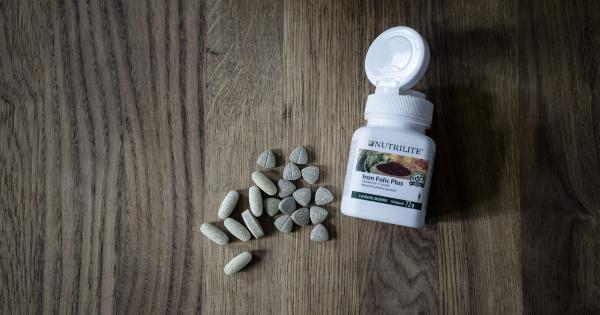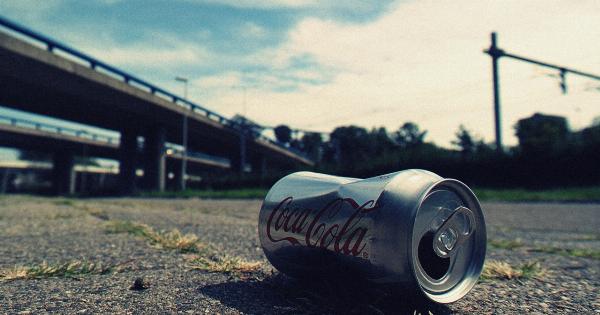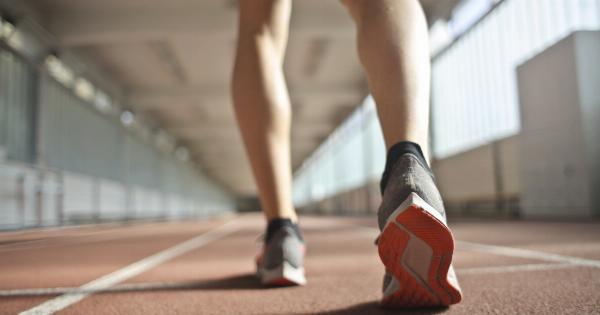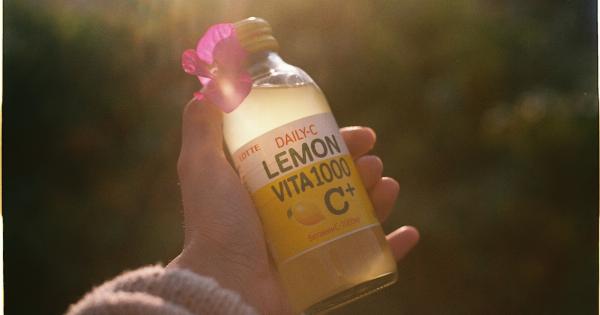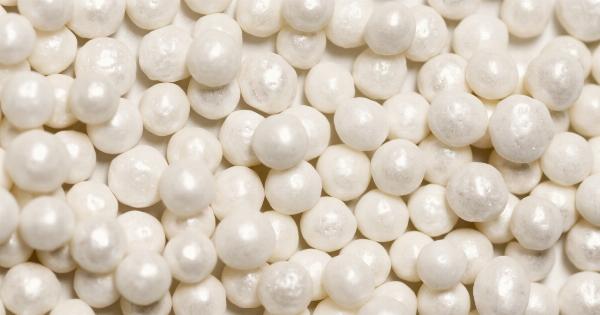Osteoporosis is a medical condition characterized by weak and brittle bones. It occurs when your body loses too much bone mass, makes too little bone, or both. This condition can lead to fractures and other bone-related complications.
While osteoporosis is more common in women over 50 years old, it can affect men and women of all ages.
Fortunately, there is a way to prevent and even combat osteoporosis: regular exercise.
How does exercise help?
Exercise stimulates bone growth by putting pressure on your bones. This pressure triggers your body to produce new bone tissue in response to the strain.
In addition, exercise can help maintain bone density by slowing down the natural bone loss that occurs with age.
Furthermore, exercise can improve your balance and coordination, reducing the risk of falls which can lead to fractures in people with osteoporosis.
What kind of exercise is good for osteoporosis?
Weight-bearing activities that involve your bones and muscles against gravity are the most effective in preventing and combating osteoporosis. Examples include walking, jogging, hiking, stair climbing, tennis, dancing, and weightlifting.
Resistance exercises that use weights, resistance bands, or your own bodyweight can also help promote bone growth. These exercises include squats, lunges, push-ups, and planks.
In addition, balance and coordination exercises can improve your stability and prevent falls. These exercises include yoga, Pilates, and tai chi.
How often and how much exercise do you need?
The American College of Sports Medicine recommends that adults should engage in at least 150 minutes of moderate-intensity aerobic exercise or 75 minutes of vigorous-intensity aerobic exercise per week for overall health benefits.
In addition, adults should perform resistance exercises targeting all major muscle groups at least two days per week.
For people with osteoporosis, it is important to consult with a doctor or physical therapist before starting an exercise program. They can help you design a safe and effective exercise plan that meets your specific needs and limitations.
Tips for exercising safely with osteoporosis
Here are some tips to help you exercise safely with osteoporosis:.
- Start slowly and gradually increase your intensity and duration over time.
- Avoid high-impact activities that put too much stress on your bones, such as jumping, running, or contact sports.
- Choose low-impact activities that are gentler on your joints and bones, such as swimming, cycling, or using an elliptical machine.
- Wear proper footwear and clothing that provide good support and protection.
- Use equipment properly and safely, such as weight machines or resistance bands.
- Stay hydrated and eat a balanced diet rich in calcium and vitamin D to support bone health.
- Listen to your body and stop exercising if you experience pain, dizziness, or other symptoms.
Conclusion
Regular exercise is a powerful tool in the fight against osteoporosis. By engaging in weight-bearing, resistance, and balance exercises, you can promote bone growth, maintain bone density, and improve your overall health and well-being.
Consult with your doctor or physical therapist to design an exercise program that is safe and effective for you.
